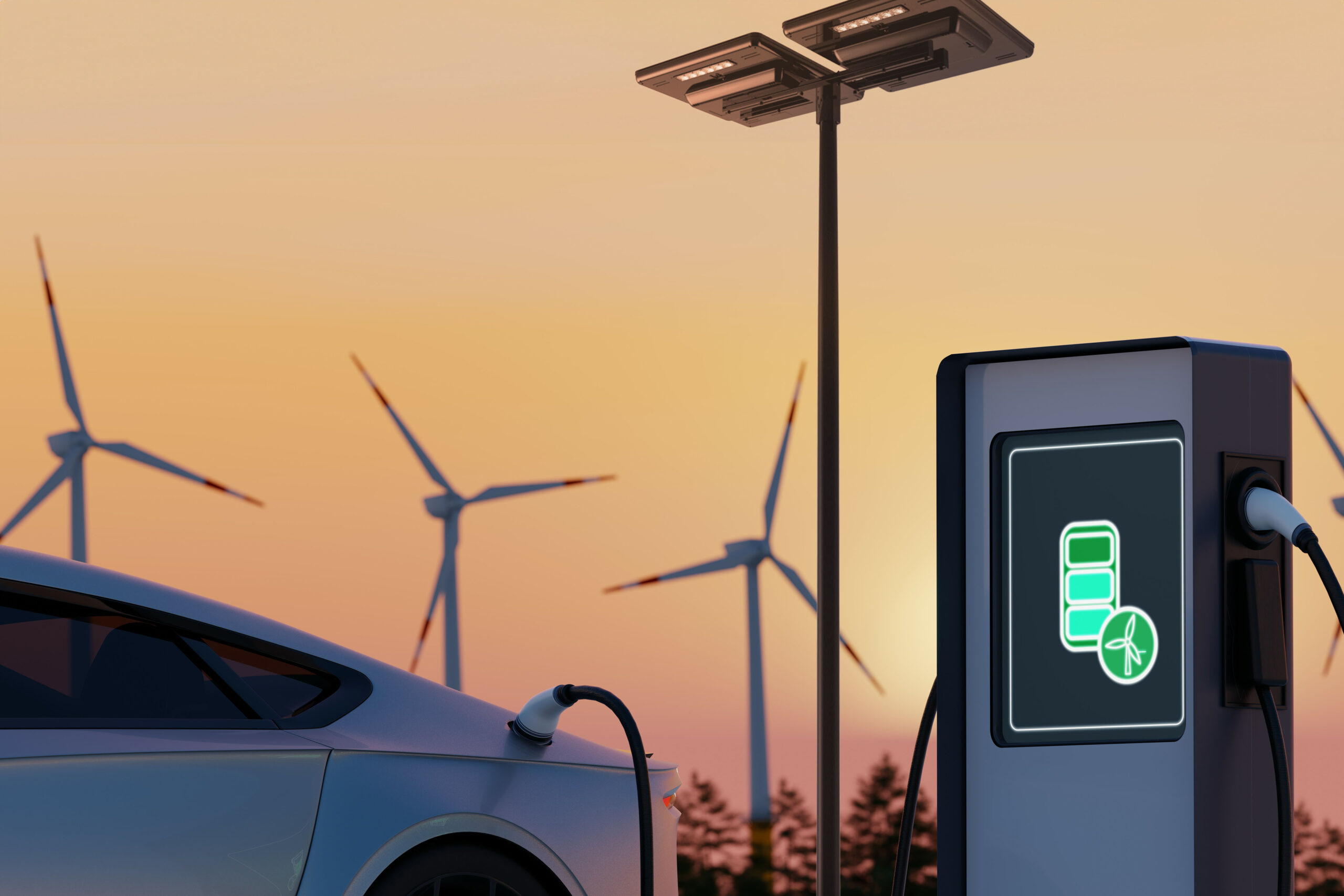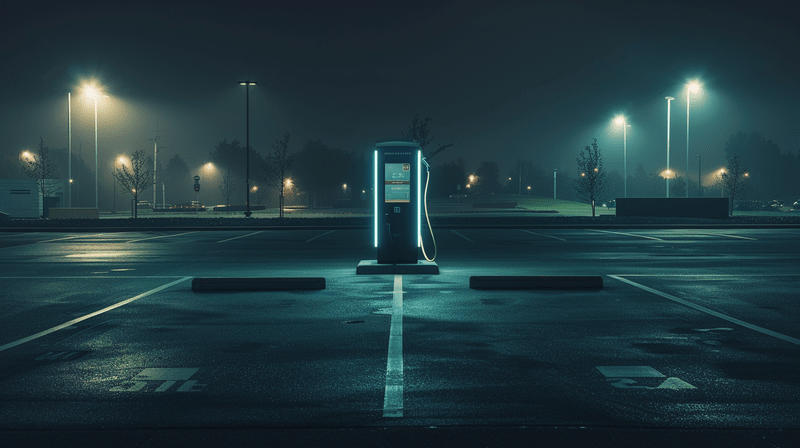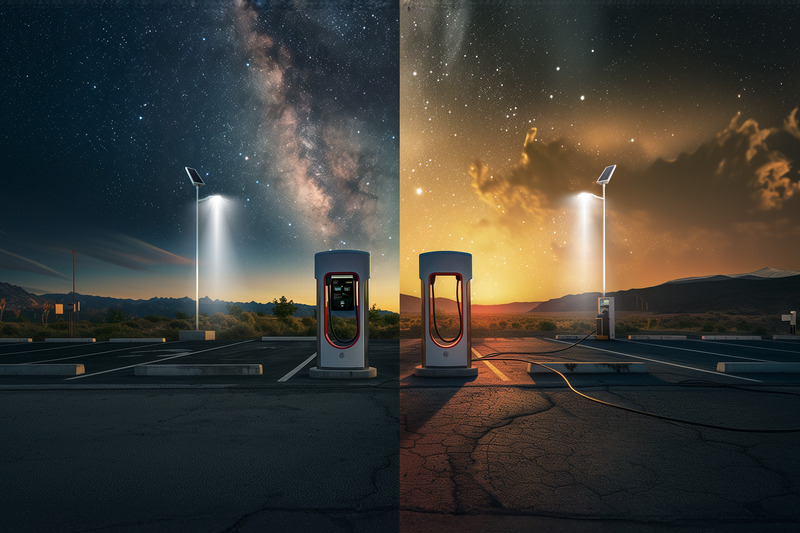Educational 17 May 2024

“Up and to the right” is an apt way of describing the trajectory of electric vehicle (EV) sales in the U.S. over the past few years. Since Q1 2021, sales have increased from about 125,000 to 375,000 in Q3 2023, fueled by growing environmental consciousness, government incentives, and advancements in battery technology.
At the same time, charging stations have also taken off. According to the Department of Energy (DOE), EV charging ports have nearly doubled in the past three years, with more than 160,000 lining supermarkets and office parking lots across the country. The Biden Administration has set a goal to increase that number to 500,000 by 2030.
While this is a positive development, the rapid increase in demand and narrow focus on speedy construction have led to some oversights regarding safety. Unlike gas stations, which are typically located on busy street corners and feature well-lit canopied areas that instill a sense of safety and security, EV charging stations are frequently located in underlit, secluded areas that promote feelings of isolation and unease.
Solar lighting can help alleviate these issues, providing bright, reliable light where and when it’s needed. Being independent from the grid means that lights can be placed just about anywhere (including areas that lack access to traditional forms of electricity), and, once they’re in the ground, they’re completely free to operate.
While the range of EVs has improved dramatically in recent years, EV drivers are still required to stop relatively frequently (every 200 miles or less with the latest models) to charge their vehicles. And it isn’t a quick process either. Unlike gassing up, fully charging an EV battery can take several hours, adding to the need to provide a safe and secure environment.
Unfortunately, some of the most common places for EV charging stations in the U.S. also happen to be the top locations for violent crimes. According to FBI data, highways, alleys, streets, and sidewalks are the #2 location for violent crimes in the U.S., with parking garages and lots coming in at #3. A consumer survey found that charging station safety is a consideration—and potentially a barrier to EV purchase—particularly for women.
And while adding lighting is an obvious solution, implementing it can be difficult, given that traditional lighting requires a connection to an electrical grid. Some charging station locations, such as highway rest stops and parking lots, can be miles from the nearest grid, and running the necessary wires (including trenching and remediation) would be prohibitively expensive. Moreover, traditional lighting is more expensive to power and maintain, and is laborious to relocate if necessary.

As the number of EVs on the road increases, it’s critical that the supporting infrastructure keeps up. Properly implemented solar lighting can solve all these problems, ensuring that EV drivers can find and navigate charging stations safely, stay safe while they’re waiting for the vehicle to charge, and keep the charging equipment itself undamaged and usable by the public. Street and area lighting has been shown to reduce crime, with one study finding that serious nighttime crimes plunged 60% after lights were installed.
Solar lights are also quick and easy to install, with no trenching, cabling, or remediation required. This means customers can not only avoid the disruption and cost associated with traditional lighting, but deploy them rapidly and adapt their placement if needs change. Solar lights also offer better availability since they’re not affected by power interruptions to the grid.

To recap, solar lighting products are prime candidates for charging stations because they:
Contact our team to learn more about how solar lights improve the usability and viability of EV charging stations.
